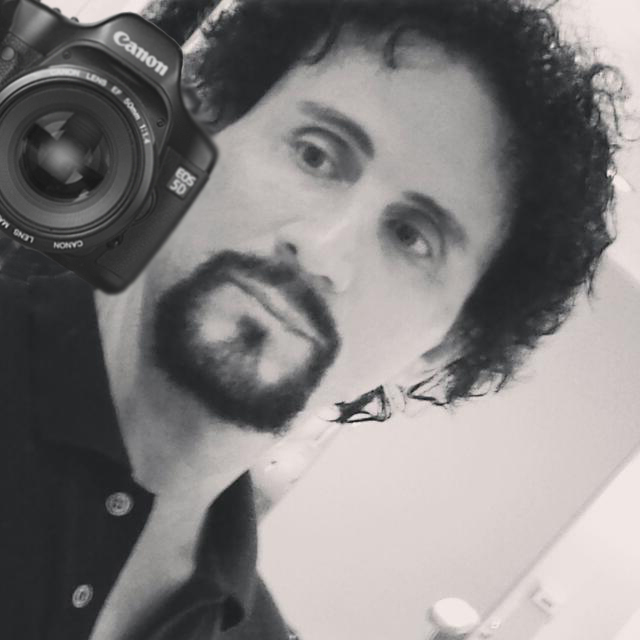Posts by: blbbbb1
The Invasion of the Body Snatchers
Translation, Traducción, Traduction,
Hemingway’s Favorite Foods and Drinks for Summer
Brainstorm – Where Your Ideas Really Come From
Designing Book Covers to be Seen on Small Devices
Cell Phone Cameras vs Digital Cameras for Printing
by Robert Funk
Senior Photography and Fine Arts Specialist
www.robertfunkart.com
www.robertfunkfineart.com
OK, you’ve decided to add photos to your book and you are thinking of pulling out your new top-of-the-line iPhone or Android and clicking a few off. Even though they look good to you on your computer monitor, you might be very disappointed and surprised when your book comes off the press with your photos washed out and lacking definition. Part of the problem is the lower reproduction quality of today’s high speed printing presses (I’ll address in another article later), but a larger part of the problem is that cell phone cameras weren’t designed to produce the type of photography that is printable with good quality. If you have no choice, then rest assured that I have helped M3 Publishers develop some sophisticated photo compensation and correction software that will help bring the quality up. However if you have the choice, read on.
In spite of the advances cell phone manufacturers are coming up with to make better cameras with more advanced features the major ingredient of great photography is still the human element. What I mean by this is that the photographer is not just an artist, selecting subjects and composition, but also an art technician. And a great photographer has to have a certain amount of manual control over the camera. In printing because of limited reproduction quality, it is even more crucial that a photograph to be printed in a book or magazine have the subtleties that come with the artist’s understanding of light, depth of field and focus.
Cell phones are created for ease of use by the greatest common denominator of the population. Cell phone camera users need fast focusing, fraction of a second zoom features and versatile light sensors. To make the greatest number of users happy the cell phone manufacturers compromise quality for convenience and usability. For some conditions a photographer with a good eye for natural lighting and composition can take even spectacular photos with a high end cell phone camera. But cell phone cameras are no match for digital point and shoot cameras and this especially holds true if the final photo is going to be printed.
Here are qualities that digital cameras have over cell phone cameras that are crucial fro printing projects.
- LIGHTING, LIGHTING, LIGHTING! Photography is all about lighting. The light sensors in even the most advanced cell phones are too small to help adjust for low lighting conditions or extreme lighting situations such as snow or water reflection. This goes to my next point, the flash.
- The flash in cell phones is a weak LED which in most cases is not strong enough or versatile enough to properly light your subject in low light or night conditions. Even in existing light the cell phone flash can’t help because of the fixed aperture. Even inexpensive point and shoot cameras have a much more versatile flash and larger light sensor.
- In a related subject, stabilization is import in small, lightweight hand-held devices. Cell phones have digital stabilizers which don’t in fact stabilize, they compensate artificially and they degrade the image quality. Digital cameras either have optical stabilizers or sensor-shift stabilizers which don’t affect image quality at all and stop camera shaking or movement so that longer exposure which are necessary for different lighting conditions can be taken.
- Zoom. In cell phones the cameras use digital zoom, which doesn’t actually zoom, but enlarges and arranges pixels and sacrifices photo quality, especially with poorer stabilization. Digital cameras use optical zoom features which not only allow true zoom to bring images closer without sacrificing image quality, but also can create other marvelous effects such as keeping backgrounds out of focus while maintaining crisp subject picture quality.
- Macro photography can really only be accomplished well when you can get the proper depth of field. Cell phone cameras weren’t designed to be able to comes within a few inches of a subject and obtain the depth of field necessary to take a really great quality up-close shot.
- Aperture versatility. Digital cameras have the ability to adjust aperture settings and even have many presets. The aperture is like the iris of your eyes. the larger the aperture, the more light that comes into the camera, but also the shallower the field of focus. Depending on desired depth of field, whether you want the subject sharp and the background out of focus, or whether you want the subject and the background in sharp focus. Apertures on cell phone cameras aren’t versatile and you can’t control the depth of field.
- Cell phone cameras compromise lens versatility by using wide angle lenses. digital cameras allow for different lenses depending on the type of shot you want and the autofocus features on digital cameras are much better and more precise giving the photographer more control over the shot.
- Megapixels. While it is true that cell phone cameras keep coming out with greater megapixel capabilities, digital cameras still offer greater basic megapixel range and quality. Remember that even if a cell phone camera has high megapixels, if the quality of the shot is compromised because of everything else I’ve already mentioned then all you’ll end up with a high resolution bad photo. However if you have a decent camera and high resolution on top of it, it makes it easier in prepress and at the printer to get a better print reproduction quality.
- Shutter speed control. Even the high end cell phone cameras don’t have an exact shutter speed control. With digital cameras you’re never going to miss a shot, especially in high speed and action photography.
How does all of this relate to printing? Photographs in offset printing and digital printing have to be screened. Black and white photos have to be half-toned. Many factors determine the quality of the printing of the photograph. Is the printing done on a high speed offset or digital printer? The higher the speed the faster the printing head or plate runs across the paper. Think of yourself trying to run through a puddle to keep your feet from getting too wet. If you walk across the puddle slowly your shoes and socks are going to be saturated. If you run quickly your shoes aren’t going to be in the water long enough to get too wet. Printing is similar. The faster the printing machine runs the paper through the press, the lower the print quality. Printers compensate for this by using finer screens and higher resolution. But while offset presses can handle higher resolution printing and use halftone screens exceeding 200 lpi (lines per inch), high speed digital printing such as print on demand services can offer only 85 lpi to 106 lpi. The higher the quality your photo is from the beginning, the better the chances you’ll have a more satisfactory printed outcome.


